
Textile concrete from the workshop of Betone
Betone Company works with thin-walled concrete and brings to the market both high-quality serial designer products and unique shapes of structures that will appeal in space.
Concrete is true and raw
Betone's products interact with the space in which they are placed. Their originality lies in color, texture of the material, and shape, but above all in the purity offered by their industrial raw look. Concrete is a story within the material.
Experts from Betone have a solid professional background, experience from both domestic and European markets, and have been dealing with the properties of concrete since 2008. They use high-quality raw materials for its production and treat the final surface to be resistant to chemicals and mechanical stress, while being harmless to health, thus usable in both interiors and exteriors. The quality of their products reflects both technical knowledge of the material and design work in space.
Thin-walled concrete with non-metallic reinforcement
Non-metallic materials used as reinforcement in high-strength concrete allow much more delicate structures than those commonly found in reinforced concrete. They do not require a concrete cover layer to protect the reinforcement from corrosion, thus allowing a thickness of less than 15 mm. This gives the products elegance, they are not volumetrically demanding, and their weight is significantly lower than that of traditional reinforced concrete. Betone primarily uses textile concrete and glass cement.
Textile concrete is a new composite construction material characterized by high strength and ductility. It consists of a fine-grained high-strength cement matrix reinforced with planar textiles made of carbon or glass fibers. These are laminated in the construction similar to polymer composites. If shape flexibility (curved shells) is a primary concern, non-penetrated textiles are used. For planar elements, textiles can be penetrated with resins, further enhancing their tensile strength.
Glass cement is a more common material known since the 1970s. Several companies specializing in design products from thin-walled concrete work with it. It is more economical than textile concrete, but it is used only for the production of non-load-bearing elements, such as sinks, lamps, kitchen countertops, etc.
The Betone brand brings a guarantee of expertise to the market
It is backed by the duo Dr.-Ing. Rostislav Rypl, Ph.D. and Ing. arch. Ada Rypl Žabčíková. Rostislav first encountered textile concrete in 2008 at RWTH Aachen University, where he worked for six years on the development of this new composite material. After defending his dissertation on the mechanical properties of textile concrete, he returned to the Czech Republic to establish the Betone company together with Ada. Ada studied industrial design and architecture. Her studies and practice in the field gave her a good foundation for designing objects, shaping, and working with materials.
“The focus of our activities lies in the realization of unique projects from textile concrete, but we also offer a range of designer products. We either base our work on our own designs or collaborate with architects and designers”. Rostislav Rypl
“Our work is at the beginning like a blank sheet of paper, concrete is a raw and pure material that has its history, but we write the future into it. We add nothing to it, we take nothing away; we let it shine in all its beauty. And every piece we produce is unique.”
Ada Rypl Žabčíková.
What makes Betone unique:
Concrete is true and raw
Betone's products interact with the space in which they are placed. Their originality lies in color, texture of the material, and shape, but above all in the purity offered by their industrial raw look. Concrete is a story within the material.
Experts from Betone have a solid professional background, experience from both domestic and European markets, and have been dealing with the properties of concrete since 2008. They use high-quality raw materials for its production and treat the final surface to be resistant to chemicals and mechanical stress, while being harmless to health, thus usable in both interiors and exteriors. The quality of their products reflects both technical knowledge of the material and design work in space.
|
|
Thin-walled concrete with non-metallic reinforcement
Non-metallic materials used as reinforcement in high-strength concrete allow much more delicate structures than those commonly found in reinforced concrete. They do not require a concrete cover layer to protect the reinforcement from corrosion, thus allowing a thickness of less than 15 mm. This gives the products elegance, they are not volumetrically demanding, and their weight is significantly lower than that of traditional reinforced concrete. Betone primarily uses textile concrete and glass cement.
 |
| Sample: cross-section of a textile concrete slab reinforced with carbon textile |
Textile concrete is a new composite construction material characterized by high strength and ductility. It consists of a fine-grained high-strength cement matrix reinforced with planar textiles made of carbon or glass fibers. These are laminated in the construction similar to polymer composites. If shape flexibility (curved shells) is a primary concern, non-penetrated textiles are used. For planar elements, textiles can be penetrated with resins, further enhancing their tensile strength.
Glass cement is a more common material known since the 1970s. Several companies specializing in design products from thin-walled concrete work with it. It is more economical than textile concrete, but it is used only for the production of non-load-bearing elements, such as sinks, lamps, kitchen countertops, etc.
The Betone brand brings a guarantee of expertise to the market
It is backed by the duo Dr.-Ing. Rostislav Rypl, Ph.D. and Ing. arch. Ada Rypl Žabčíková. Rostislav first encountered textile concrete in 2008 at RWTH Aachen University, where he worked for six years on the development of this new composite material. After defending his dissertation on the mechanical properties of textile concrete, he returned to the Czech Republic to establish the Betone company together with Ada. Ada studied industrial design and architecture. Her studies and practice in the field gave her a good foundation for designing objects, shaping, and working with materials.
“The focus of our activities lies in the realization of unique projects from textile concrete, but we also offer a range of designer products. We either base our work on our own designs or collaborate with architects and designers”. Rostislav Rypl
“Our work is at the beginning like a blank sheet of paper, concrete is a raw and pure material that has its history, but we write the future into it. We add nothing to it, we take nothing away; we let it shine in all its beauty. And every piece we produce is unique.”
Ada Rypl Žabčíková.
What makes Betone unique:
- is the only company in Central Europe that uses textile concrete
- thanks to the engineering knowledge of its creators, can design statically demanding structures (staircases, shells)
- creates high-quality designer products for interiors and exteriors
- realizes unique projects with architects and designers
More information and specific products can be found on the website www.betone.cz. Or visit the creators directly in the showroom and manufacturing at Palackého třída 1111/53 in Brno.
The English translation is powered by AI tool. Switch to Czech to view the original text source.
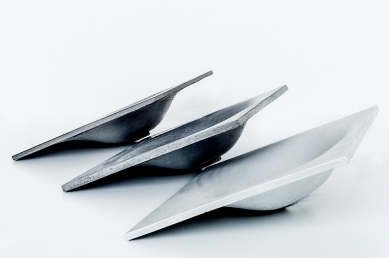
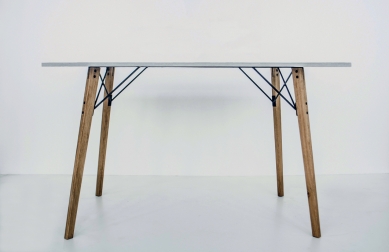
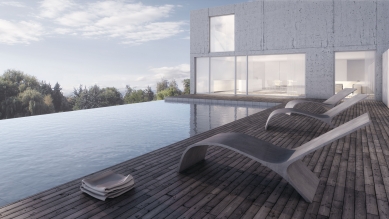
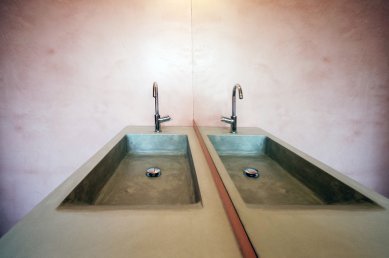
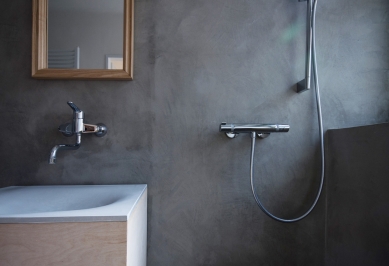
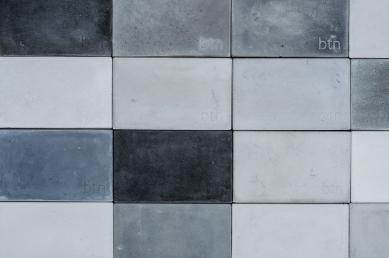
0 comments
add comment













